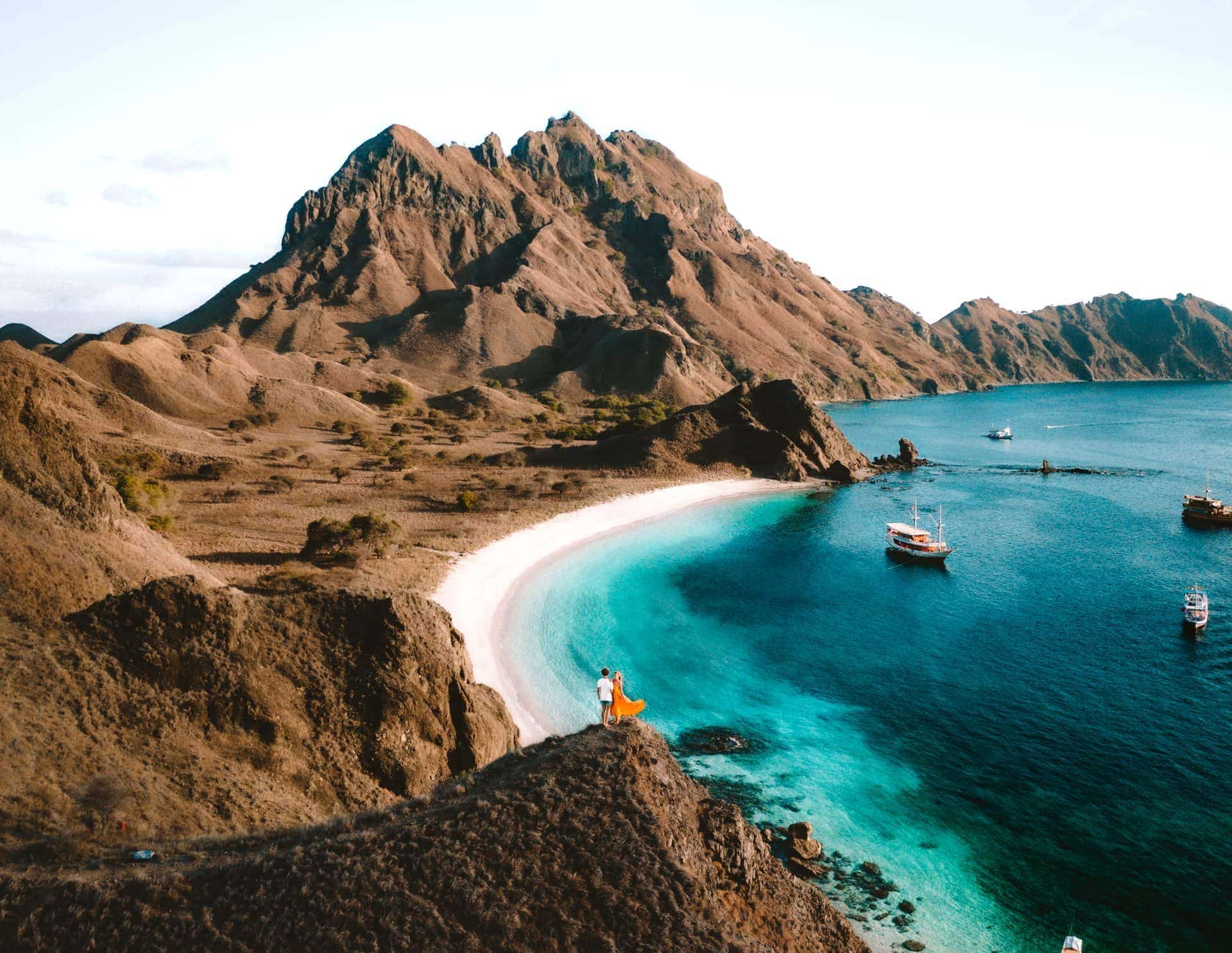
The Erosion Sculptors of Padar: How
Padar Island, part of Indonesia’s Komodo National Park, is famous for its jaw-dropping viewpoint dominating three distinct bays. But beyond the iconic photo lies a more profound story—one sculpted over millions of years by nature’s rawest forces: erosion, wind, tides, and tectonics.
A Volcanic Beginning
Padar was created from volcanic activity. Millions of years ago, underwater eruptions and the movement of tectonic plates set the island’s base. Strata of volcanic rock appeared from the sea floor, resulting in a rugged landscape rich in minerals.
Carved by Time and Water
Once volcanic activity subsided, the real artists took over—wind, rain, and tides. Over centuries, tropical storms and crashing waves broke down softer rock layers. Rainwater, carrying sediment, cut sharp ridges into the hills. These erosional patterns gave Padar its famous spines and steep, craggy trails.
The Role of Ocean Currents
Powerful ocean currents shape Padar’s shores, moving sand and revealing coral. This creates unique colors for each bay—one has white sand, another is grey, and a third features a pink hue from crushed red coral mixed with sand.
An Island Still in Motion
Although Padar looks ancient and timeless, it’s still evolving. Landslides, coral decay, and climate change continue to alter its form subtly. What you see today may not be the same in a hundred years, making each visit a snapshot in geological time.
Why This Matters
Understanding Padar’s natural formation adds depth to your visit. It’s not just a viewpoint—it’s a living monument to Earth’s raw power and patience.






